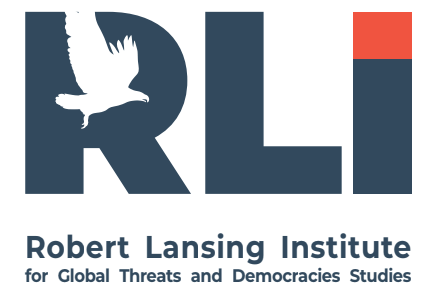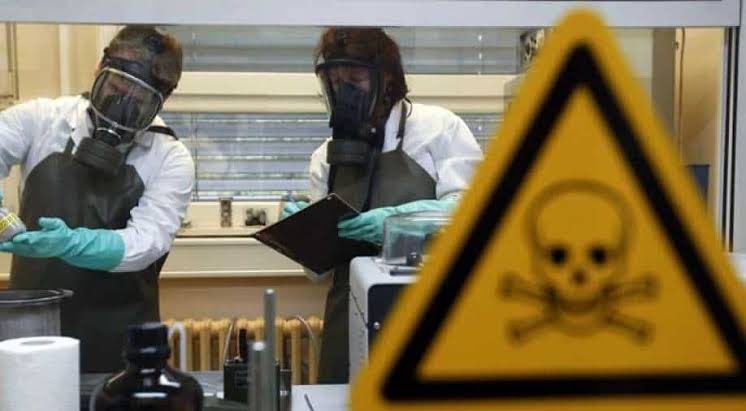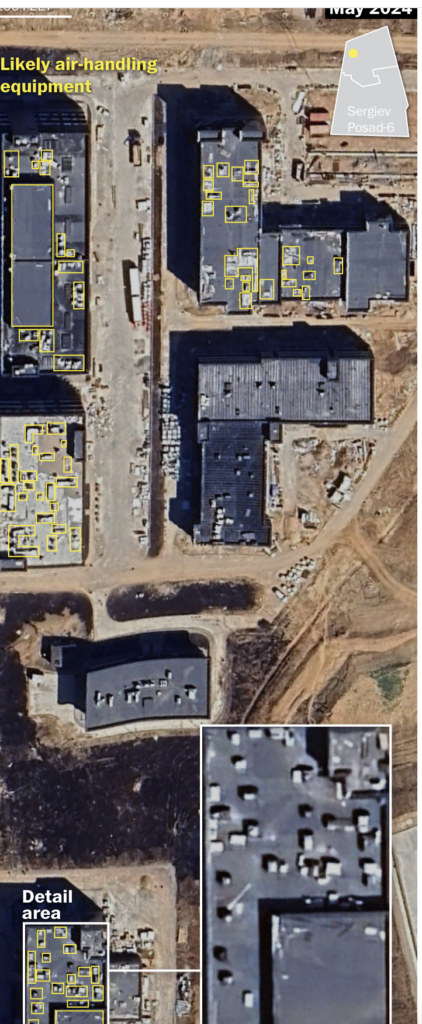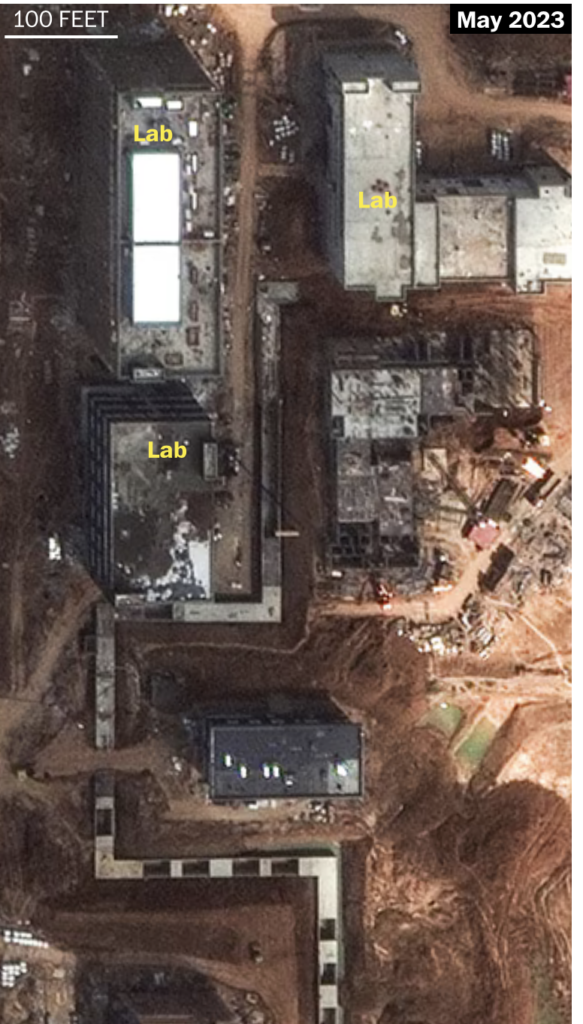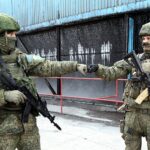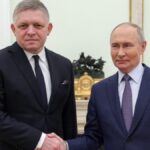Russia is actively modernizing and expanding the secret research facility Sergiev Posad-6, which played a pivotal role in the Soviet biological weapons program. This site is part of the 48th Central Research Institute of the Russian Ministry of Defense, previously noted for its work on hemorrhagic fever viruses, suspected of being studied for potential weaponization. Alongside the Vector Center in Novosibirsk, the 48th Central Institute has been a key player in military virology research since the Cold War.
More on this story: Signs of the Works Conducted by Russia in the field of Military Microbiology with Haemorrhagic Fever Viruses

According to the U.S. State Department, Russia has accelerated the modernization of this center since 2022. Similar activity has been observed at all known Russian virology research facilities. There is also a strong likelihood that comparable work is being conducted at overseas locations, such as in Africa.As of January 2024, additional buildings and equipment characteristic of laboratories handling pathogens, including Ebola and smallpox viruses, have been installed at Sergiev Posad-6. The reconstruction project includes several new buildings and significant upgrades to biosecurity measures.
According to the U.S. State Department, Russia has accelerated the modernization of this center since 2022. Similar activity has been observed at all known Russian virology research facilities. There is also a strong likelihood that comparable work is being conducted at overseas locations, such as in Africa.
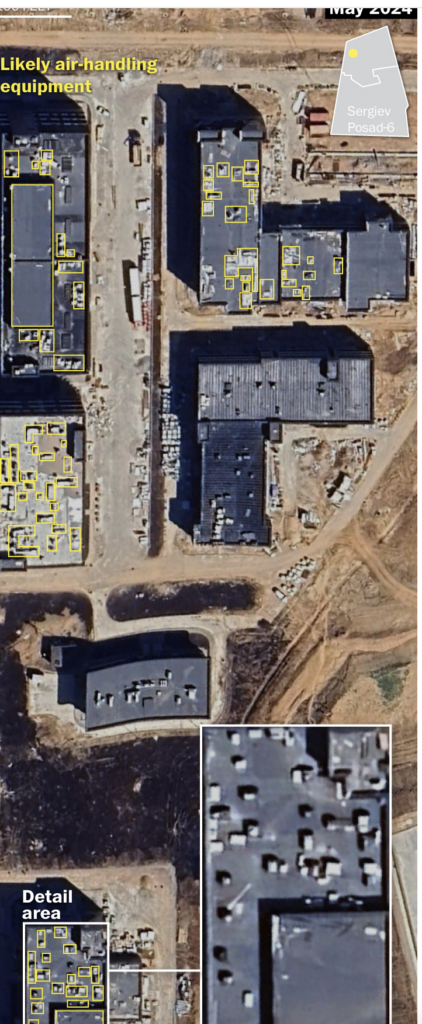
As of January 2024, additional buildings and equipment characteristic of laboratories handling pathogens, including Ebola and smallpox viruses, have been installed at Sergiev Posad-6. The reconstruction project includes several new buildings and significant upgrades to biosecurity measures.
The U.S. Department of State has expressed significant concerns regarding Russia’s compliance with the Biological Weapons Convention (BWC). In its 2023 Compliance Report, the Department assessed that “Russia maintains an offensive [biological weapons] program and is in violation of its obligations under the BWC.”
Further, the State Department has sanctioned Russian government entities and companies associated with Russia’s chemical and biological weapons programs. These measures underscore the U.S. government’s stance on Russia’s activities in this domain.
Additionally, the State Department has addressed and refuted Russian disinformation campaigns alleging U.S. involvement in biological weapons activities in Ukraine. These claims have been labeled as false and part of a broader disinformation strategy by the Kremlin.
It’s important to note that the State Department’s assessments are based on available intelligence and analysis. The opaque nature of such programs means that definitive public information may be limited. Nonetheless, the U.S. government continues to monitor and address these concerns through diplomatic and policy measures.
This confirms our conclusions regarding developments in hemorrhagic fever research and modifications of smallpox in Russia, which align temporally with outbreaks of the Marburg virus and monkeypox in several African countries, where Russia is expanding its influence.
In its April report, the U.S. State Department indicated that Russia is likely continuing its offensive biological weapons program, violating the UN Convention. The report specifically highlighted Sergiev Posad-6, where experts believe significant modernization of Soviet-era infrastructure is taking place. Based on comparative analysis, we support the U.S. State Department’s conclusions and are convinced that Moscow continues to work on the weaponization of viruses. Given the confrontation with the West and Russia’s politicization of the fight against the COVID-19 pandemic, there is a high probability that such work is linked to the desire to develop combat strains of offensive biological weapons. This is also indicated by Russia’s development of biological laboratories in African countries.
However, experts, patents, and scientific publications from employees of the 48th Central Research Institute suggest that research related to the creation of aerosol forms of pathogens has limited peaceful applications. Thus, the forms and types of pathogens may point to potential use in terrorist attacks and the contamination of large areas of populated regions through aerosol dispersal.
Sergiev Posad-6 was established in 1954 and became one of the three key centers of the Soviet biological weapons program. Research on pathogens such as plague, anthrax, and smallpox, as well as their modification to enhance infectivity and resistance to medical treatments, was conducted there.
After the 1975 ratification of the Biological Weapons Convention, the Soviet Union officially denied the existence of such a program but continued to expand it. In the 1990s, the U.S. and the UK attempted to inspect Soviet biological facilities, but Sergiev Posad-6 remained closed to international experts.
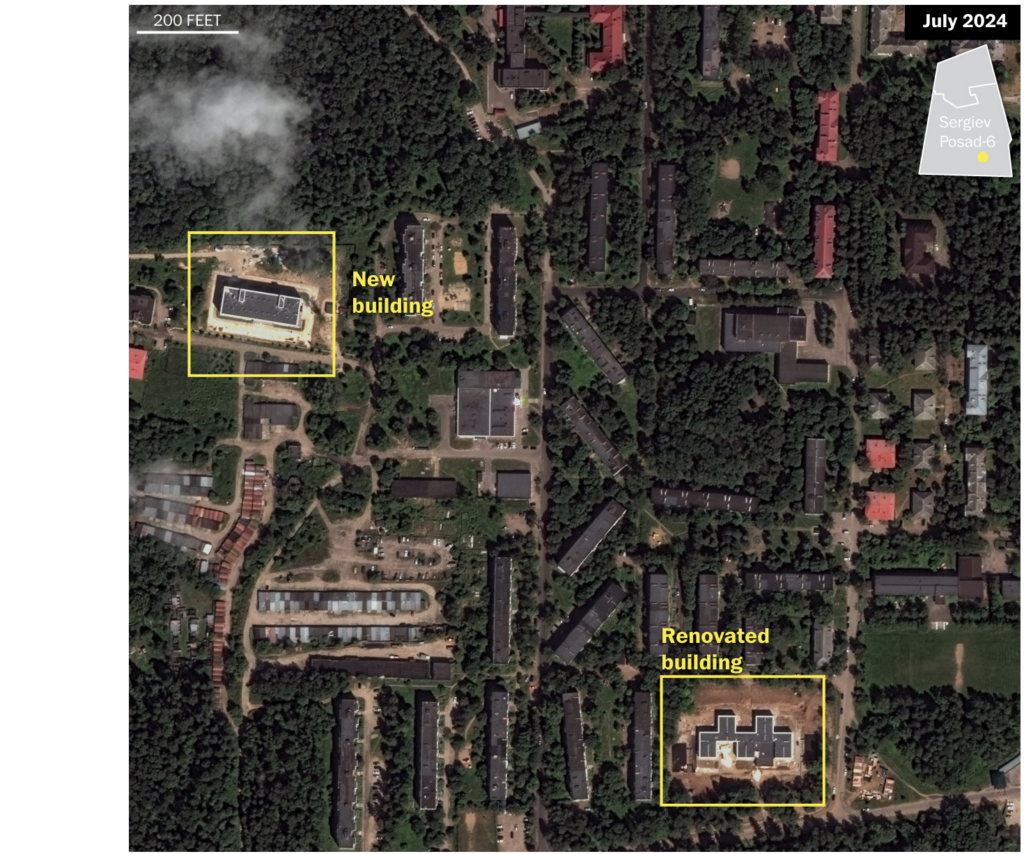
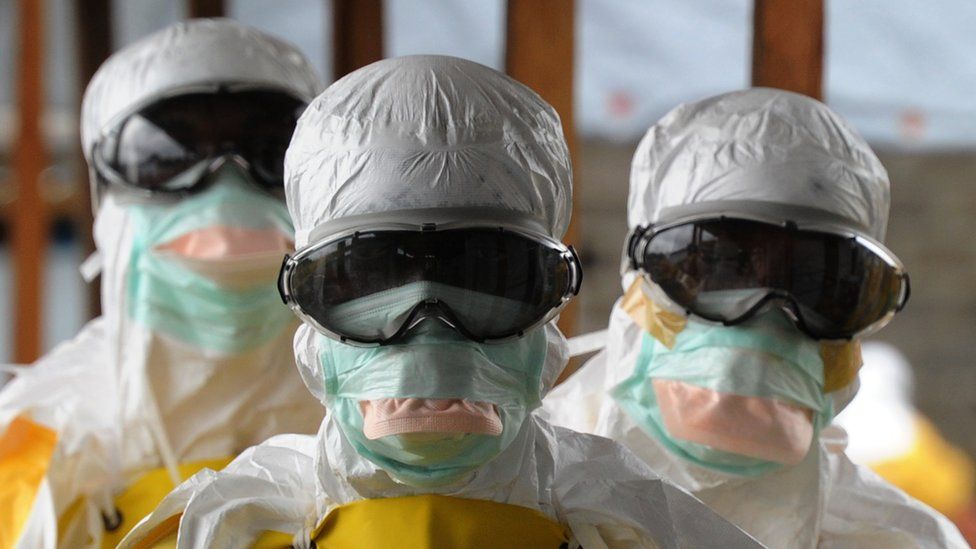
More on this story: Investigation Reveals Russia’s Ongoing Viral Research and Activity in Africa
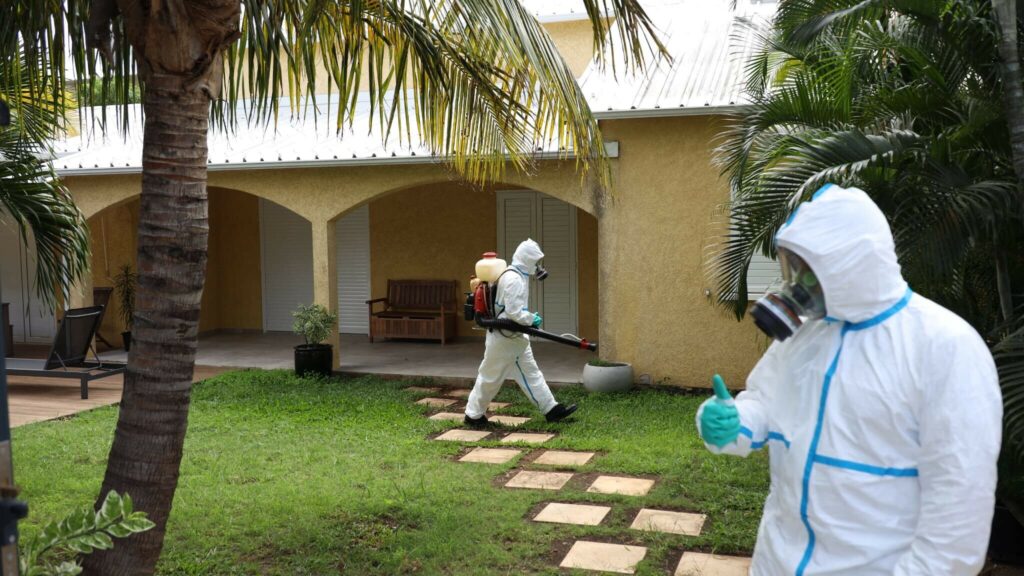
More on this story: Warning: growing risks of virus spread in Europe
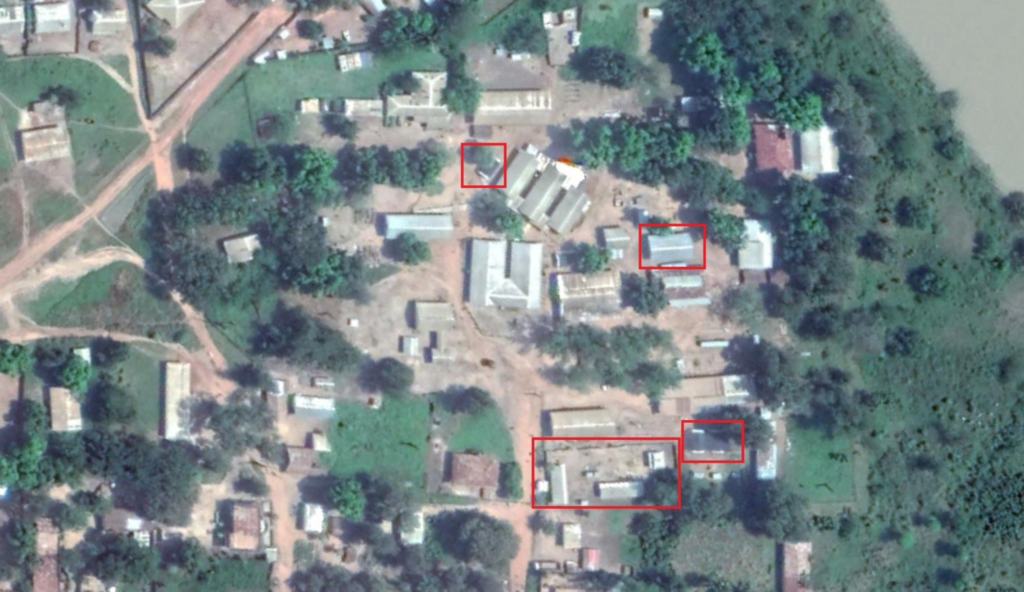
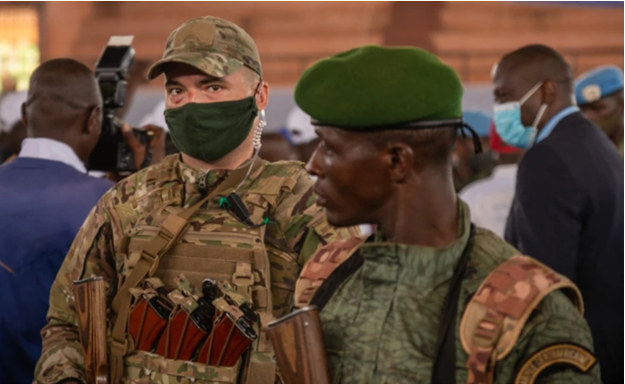
More on this story: Russia uses African continent as a base for its biolabs
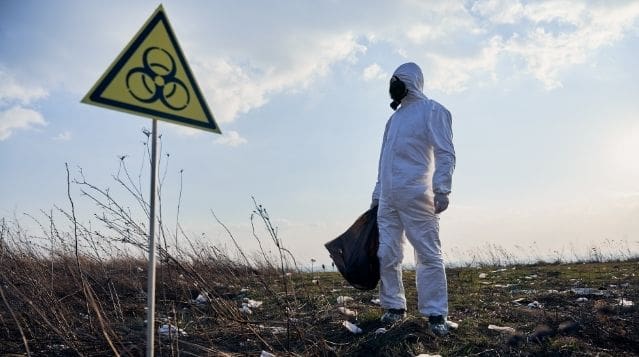
Russia has not halted the development of biological weapons, despite its official international commitments.
